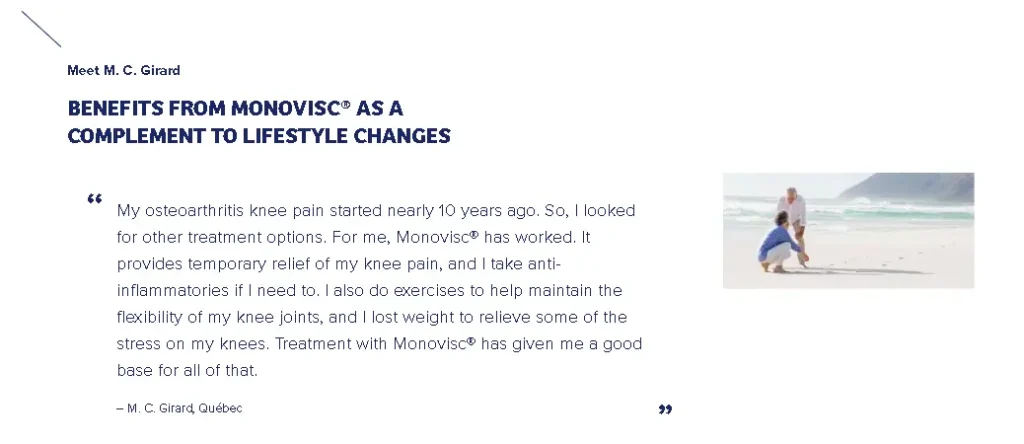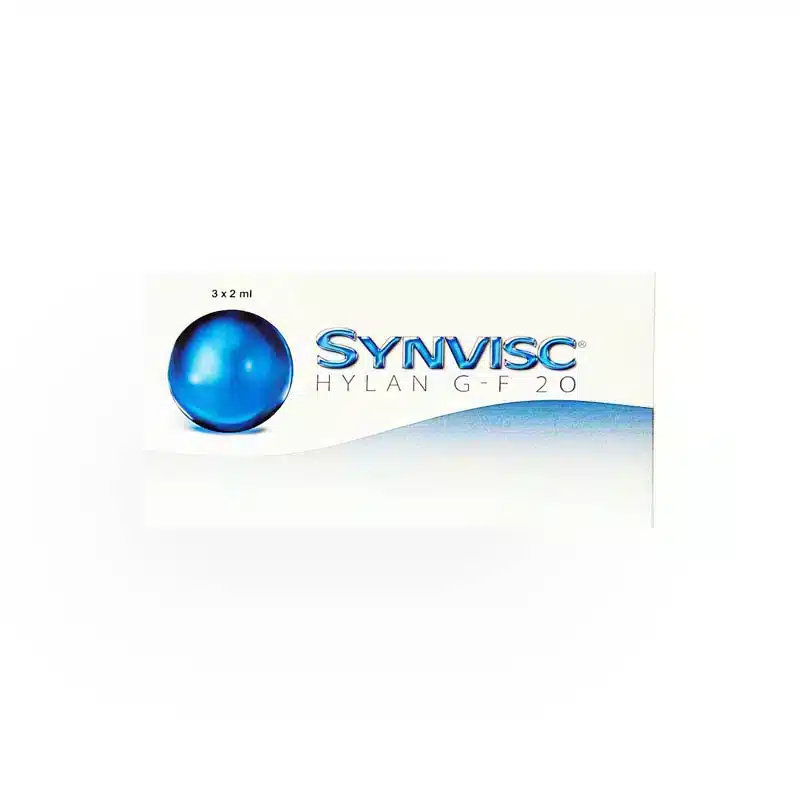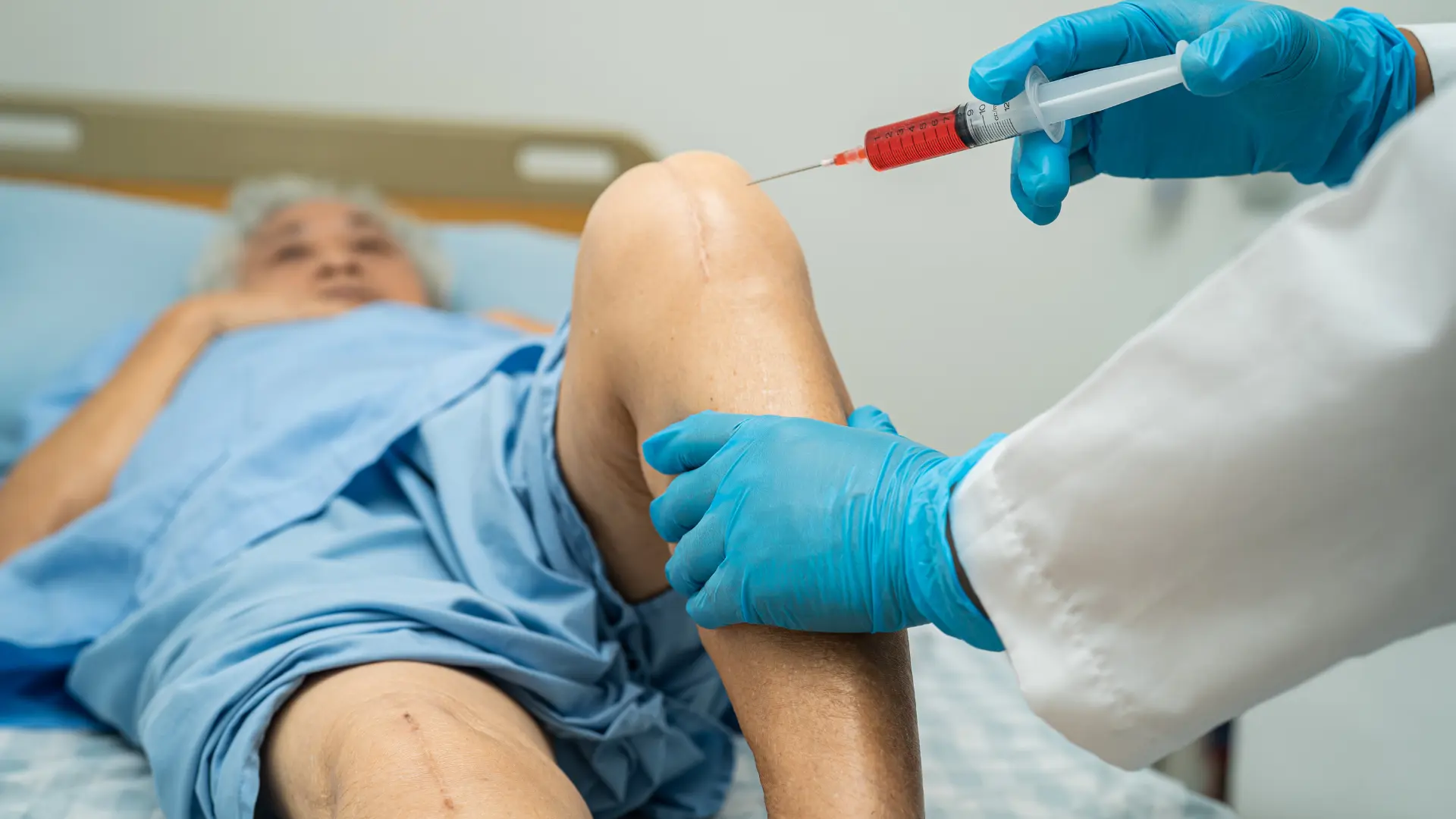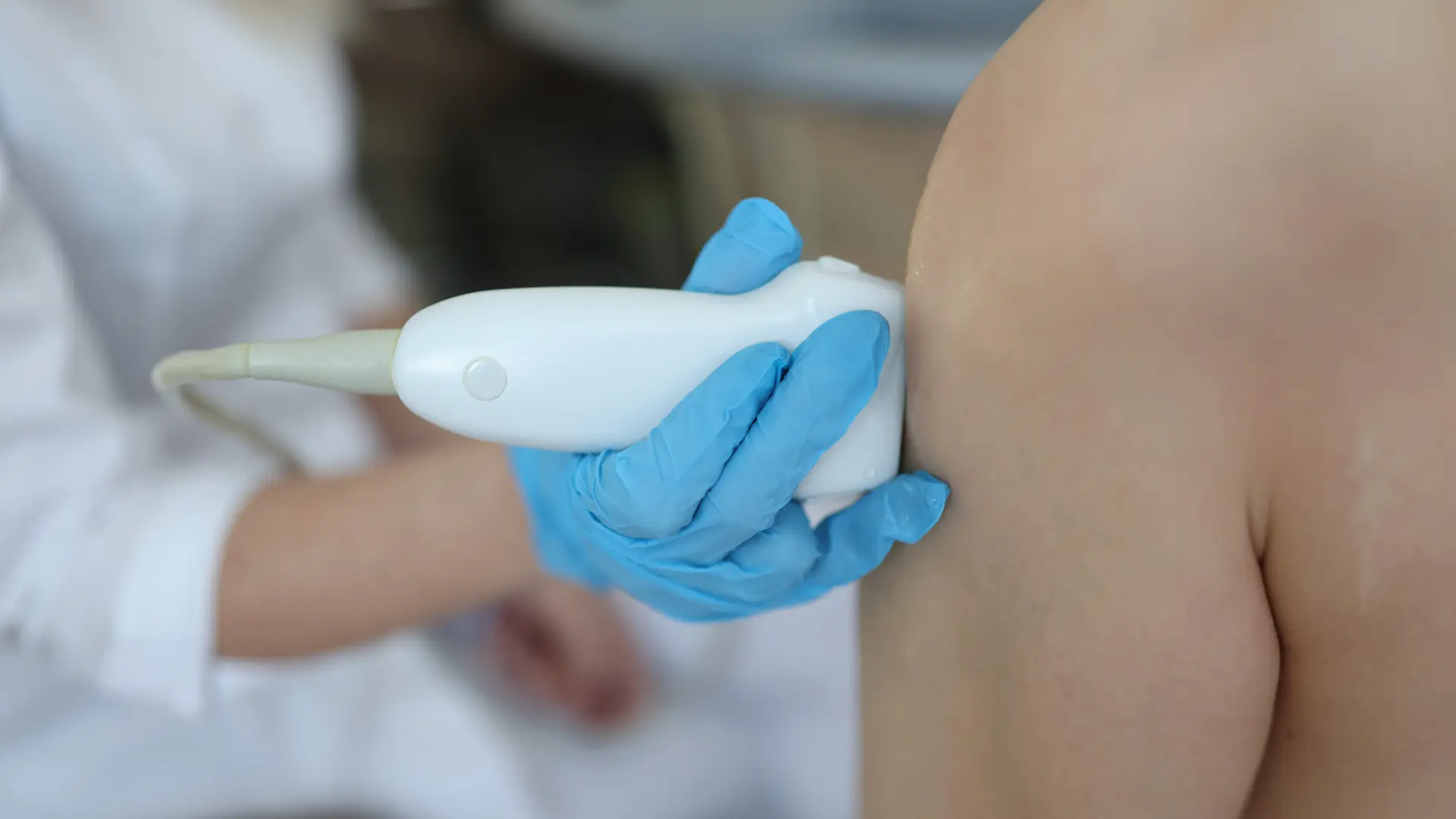Did you know that intra-articular hyaluronic acid injections can relieve pain and improve joint function for up to six months in knee osteoarthritis patients? These injections offer temporary relief, especially for individuals with mild to moderate knee osteoarthritis who haven’t experienced sufficient pain relief from topical or oral medications and physical therapy.
Knee osteoarthritis (OA) is a chronic condition without a cure. While some patients choose surgical interventions, others seek non-surgical, durable solutions. Durolane and Monovisc, both containing hyaluronic acid, provide substantial pain relief for knee OA, enhancing patients’ quality of life. Individual responses may vary; consulting a healthcare professional is crucial for personalized treatment options.
This article will compare Monovisc vs Durolane, their compositions, mechanisms of action, efficacy, and practical considerations.
Key Takeaways
- Monovisc and Durolane offer hyaluronic acid-based viscosupplements that can relieve knee osteoarthritis (OA) symptoms.
- Both injectables use hyaluronic acid (HA) or sodium hyaluronate as their primary ingredient to provide symptomatic relief for knee OA patients.
- The costs of Monovisc and Durolane can vary depending on healthcare systems, insurance coverage, and provider’s expertise.
- With the guidance and expertise of trained medical professionals, individuals can receive optimal treatment outcomes, safety, and efficacy.
About: Medica Depot is your trusted all-in-one supplier, offering a range of high-quality medical injectables and supplies. If you’re looking to buy Monovisc online, our dedicated sales agents can give you proper guidance. We offer a worry-free experience in searching for the best and most popular products on the market. Whether for health professionals, plastic surgeons, dermatologists, licensed estheticians, or other specialists, we can offer genuine, brand-name products you may need. With Medica Depot, we prioritize serving you better to improve the patient’s quality of life.
Introduction to Monovisc and Durolane
Viscosupplementation involves administering hyaluronic acid into the affected joint. This treatment restores lubrication, reduces pain, and improves mobility in osteoarthritis (OA) patients. Among many brands, Monovisc and Durolane have become popular in addressing knee OA symptoms.
These hyaluronic acid-based viscosupplements can relieve the symptoms of knee OA. However, comparing Monovisc vs Durolane is crucial to determining the most effective treatment for individual patients, considering factors like composition, efficacy, duration of relief, and potential risks.
Composition and Mechanism of Action

Monovisc knee injection provides a single-injection cycle utilizing ultra-pure hyaluronic acid. This formulation involves minimal crosslinking and is sourced from non-avian origins. It supplements the knee’s natural synovial fluid, enhancing joint lubrication and cushioning.
Meanwhile, Durolane offers a single-injection therapy featuring sodium hyaluronate, crosslinked with advanced NASHA technology. This patented crosslinking method ensures prolonged treatment effects. Sodium hyaluronate is a naturally occurring substance in joint tissue and synovial fluid.
Both injectables use hyaluronic acid (HA) or sodium hyaluronate as their primary ingredient to provide symptomatic relief for knee osteoarthritis (OA) patients. They share a similar mechanism of action. Upon injection into the affected joint, they function as lubricants and shock absorbers, alleviating pain and enhancing mobility.
By restoring the synovial fluid’s physiological viscoelasticity, Monovisc and Durolane reduce the symptoms of knee OA. However, they differ in their HA’s structural benefits. Consulting with a healthcare professional enables a thorough discussion to identify the most suitable viscosupplement for a tailored treatment plan.
Clinical Efficacy
The clinical efficacy of Monovisc, a single-injection intra-articular hyaluronic acid (HA) device, is demonstrated by its capacity to alleviate knee pain within two weeks significantly. This study highlights Monovisc’s safety and effectiveness as an alternative treatment for symptomatic knee osteoarthritis in patients aged 45 and older.
In the six-year study by Carney et al. (2021), pain relief from Durolane was maintained for an average of 466.8 days following the initial treatment. Patients who received subsequent injections also experienced prolonged benefits. Moreover, Individuals with grade 2 or 3 osteoarthritis are more likely to experience an extended duration of relief.
Both Durolane and Monovisc knee injections’ pain-relieving effects can persist for up to six months. Despite the differences between Monovisc and Durolane, clinical evidence underscores the safety and effectiveness of these injections in alleviating knee OA symptoms.
These treatments offer substantial pain relief and improved joint function, enhancing patients’ quality of life. Consulting medical professionals are crucial to comprehending the treatment procedure, potential risks, and benefits. This enables patients to make informed decisions regarding their treatmen.
This patient received a Monovisc knee injection for knee OA that began a few years ago. M. C. Girard shared how Monovisc relieves the pain temporarily, allowing them to perform light exercises to help maintain the flexibility of their knee joints. The Monovisc benefits also lie in lifestyle changes, according to this patient.

A patient, Jacques Gagnon, shared his experience with Durolane. Despite having flat feet, multiple injuries, and ankle sprains, Gagnon actively participates in runs and marathons. Following a consultation with his sports medicine doctor, Gagnon received his first Durolane injection. Within a few days, he began to notice positive changes, and after a few months, he could run pain-free.
Practical Considerations
According to Monovisc’s prescribing information, this injectable treatment only requires a single-injection therapy. The recommended dosage of Monovisc is 4 mL, similar to other viscosupplements. Medical professionals must employ a strict aseptic injection technique when administering Monovisc to the knee joint.
The Durolane’s Instructions For Use indicates that this viscosupplement also requires a single injection cycle administered intra-articularly. The recommended dosage for Durolane injection is 3 mL, and it should be administered using a strict aseptic technique. Only trained medical professionals must administer these injections.
The costs of Monovisc and Durolane can vary depending on healthcare systems, insurance coverage, and provider’s expertise. Given their single-injection therapy, the overall treatment costs for these injectables may be similar. However, patients should consult their trusted practitioners for a clear comparison of treatment costs.
Additionally, these injections have demonstrated pain relief approximately two weeks post-injection. The duration of their effects also depends on the severity of the condition and the patient’s lifestyle. Durolane and Monovisc can offer up to six months of symptom relief for knee osteoarthritis.
Making an Informed Decision

Monovisc and Durolane are single-injection hyaluronic acid treatments for osteoarthritis, providing comparable efficacy and duration of relief. Monovisc utilizes high-molecular-weight hyaluronic acid, whereas Durolane employs cross-linked NASHA. Moreover, medical professionals should consider the following factors when choosing between the two:
- Composition
- Individual Response
- Potential Risks
- Benefits
- Duration of Relief
- Total Cost
Individuals can receive optimal treatment outcomes, safety, and efficacy with the guidance and expertise of trained medical professionals. Patients must seek the advice of a healthcare professional to identify the most appropriate treatment tailored to their specific medical conditions, needs, and preferences.
Conclusion
Monovisc and Durolane have similarities and differences, but both are viscosupplements for treating knee osteoarthritis. Both products contain hyaluronic acid and temporarily relieve individuals with mild to moderate knee osteoarthritis. Their pain-relieving effects can last up to six months, although individual responses may vary.
Monovisc provides a single-injection treatment with ultra-pure hyaluronic acid, while Durolane offers a single-injection therapy featuring sodium hyaluronate crosslinked with advanced NASHA technology. Patients seeking non-surgical, durable solutions for knee osteoarthritis should consult a healthcare professional to determine the most suitable viscosupplement for their needs, goals, and concerns.
FAQs
1. What are Monovisc and Durolane?
Monovisc and Durolane are viscosupplements containing hyaluronic acid. They provide pain relief and improve knee osteoarthritis patients’ joint function.
2. What are the differences between Monovisc and Durolane?
Monovisc provides a single-injection treatment with ultra-pure hyaluronic acid, while Durolane offers a single-injection therapy featuring sodium hyaluronate, crosslinked with advanced NASHA technology.
3. How long do the pain-relieving effects of Monovisc and Durolane last?
Monovisc and Durolane have been shown to offer pain relief for up to six months, with individual responses varying based on the severity of osteoarthritis.
References
- Chavda, S., Rabbani, S. A., & Wadhwa, T. (2022). Role and Effectiveness of Intra-articular Injection of Hyaluronic Acid in the Treatment of Knee Osteoarthritis: A Systematic Review. Cureus, 14(4), e24503. https://doi.org/10.7759/cureus.24503
- Petterson, S. C., & Plancher, K. D. (2019). Single intra-articular injection of lightly cross-linked hyaluronic acid reduces knee pain in symptomatic knee osteoarthritis: a multicenter, double-blind, randomized, placebo-controlled trial. Knee surgery, sports traumatology, arthroscopy: official journal of the ESSKA, 27(6), 1992–2002. https://doi.org/10.1007/s00167-018-5114-0











